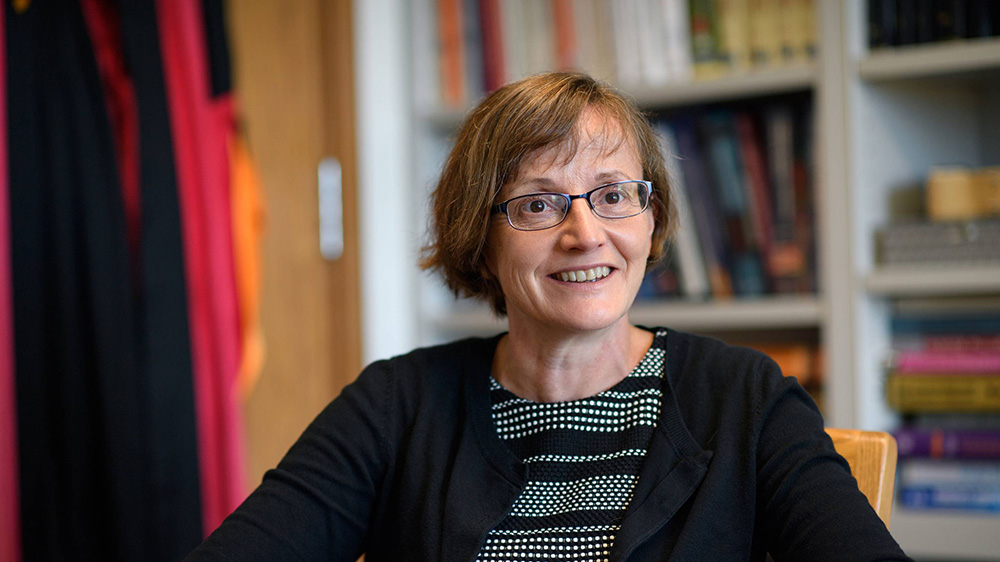
From black holes to billion dollar businesses, Margaret Martonosi, assistant director of the Computer and Information Science and Engineering division at the National Science Foundation, makes the impossible possible.
Martonosi spoke to students and associate professors in a lecture on Monday called “The Computing and Information Science and Engineering Landscape” about awards and grants offered by the NSF, an independent federal organization promoting the progress of science.
The CISE has a budget of just over a billion dollars for grants and has funded close to 20,000 researchers across 400 institutions. The NSF funded some notable projects and people including Katie Bouman’s development of the algorithm that captured the first image of a black hole, the founders of Google and two-thirds of the 72 recipients of the Turing Award.
Martonosi compared new research ideas to planting trees.
“Many cultures have this notion of one generation planting the tree for the next generation to benefit, and research is like that, too,” Martonosi said. “When NSF puts out a new solicitation or when NSF funds a new award, those are all assets to fostering those trees as they grow.”
Vasiliki Kalavri, assistant professor of computer science and an audience member, has done research within information sciences.
“We [researchers] constantly apply for grants,” Kalavri said. “The NSF is one of the big funding agencies that everybody applies to.”
She said she attended the lecture to further her understanding of the NSF.
“This seminar was all about giving an overview of how the NSF can help [with research] and what are the different new directions that the NSF is getting to so we can plan ahead for the future of our research,” she said after the lecture.
Vivian Shi, a first year doctoral student in the College of Engineering and attendee of the lecture, said as a biomedical engineering student she does not have a lot of experience with the CISE grants.
“I wanted to learn more about what kinds of things NSF is actually funding and what they are interested in,” Shi said.
Shi plans to apply to the NSF Graduate Research Fellowship Program.
“I will be writing, I think, about a computational modeling type proposal because, as part of that fellowship, you have a personal statement, and then you have a research proposal,” she said.
Not only were professors and researchers present in the audience, Akshaya Bali, a student in the Graduate School of Arts and Sciences, said he came to this lecture to learn more about the process of getting a grant, including “how the government and colleges collaborating and funding the research, and how the researchers actually get funded,” Bali said.
“I’m still exploring what projects there are and what research I can get into,” he said.
In the future, Martinosi said CISE will award grants in three main technical areas — to add more transistors on chips, to expand the field of artificial intelligence and to design beneficial sociotechnical systems that have an overarching positive impact in society.
Martinosi encouraged attendees of the lecture to “just come in with your good ideas.”
“We’re always looking for ways in which we’re fostering discoveries but also discoverers,” Martonosi said. “It’s a real point of pride when we can service the way that we have helped these trees that we planted.”


























































































































